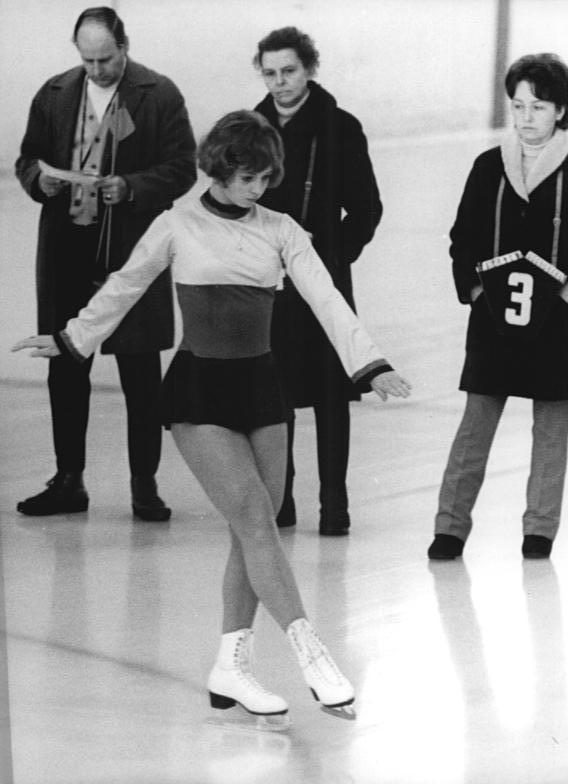What kind of technique and control is lacking without school figures, when it comes to jumping? How did figures help develop it?Yes, skaters are doing more difficult and complicated jumps, but they're doing them without the technique and control that they learned from figures.
Can you name a lower level skater from the figures era who did the jumps with this technique and control, so I can set it against the current skaters, and see what I'm supposed to be looking at?
Did figures require special ice to train and compete?In my ideal world figures would still be part of the test system, even if they weren't part of the actual competition.




 To haul it back into the general vicinity of the original topic, Gabriella Papadakis just posted an instagram story of two female skaters (I presume ice dancers) working on an overhead lift and doing quite nicely at it for what looked to be fairly early in the process.
To haul it back into the general vicinity of the original topic, Gabriella Papadakis just posted an instagram story of two female skaters (I presume ice dancers) working on an overhead lift and doing quite nicely at it for what looked to be fairly early in the process.